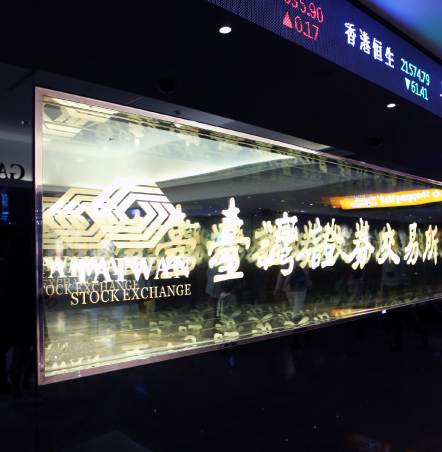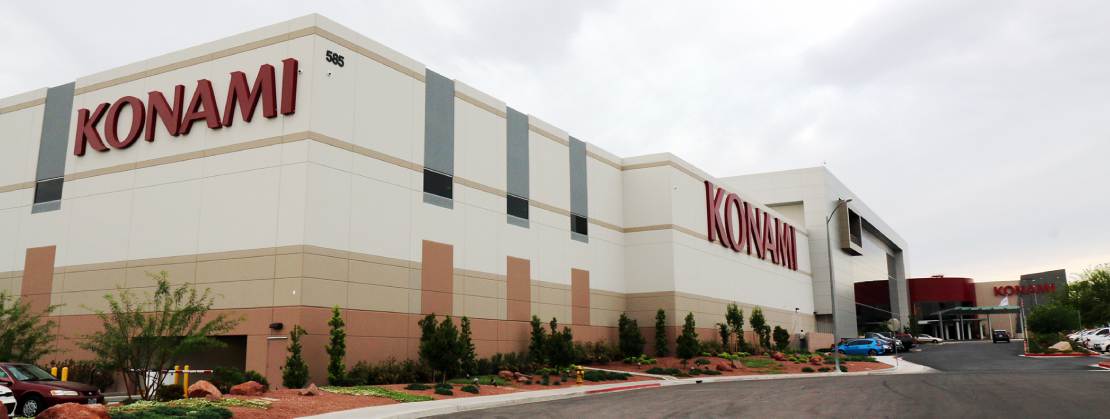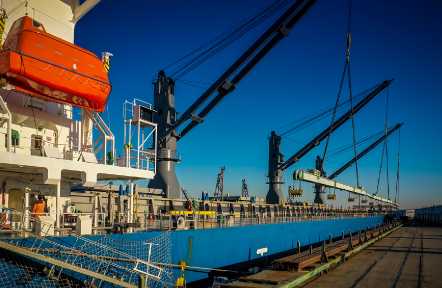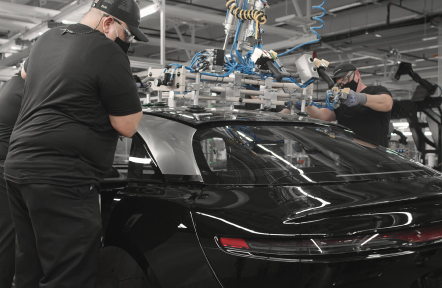Since 2015, Chinese overseas acquisitions have grown steadily. According to the Financial Times, these acquisitions have almost doubled in value year-on-year between 2014 and 2016. Among the most talked-about acquisitions were ChemChina’s $43 billion takeover of Swiss pesticides and seeds group Syngenta and Midea’s purchase of German industrial automation robotics company Kuka.
A common question among European stakeholders is what happens after these acquisitions. Although concerns about employment and intellectual property persist, the academic and business sectors have delved deeper looking for new issues and challenges that these East-West deals present.

In a study conducted by Che Tang for the Bureau of Economic Research (GCB) of the German-Chinese Business Association (DCW), the most common problems that emerged from these acquisitions were lack of synergy, resistance from either or both sides, poor integration within top management, communication difficulties and cultural differences. But, the study also pointed out that financial performance did not suffer greatly with the change in ownership.
These conclusions were based on in-depth interviews with top executives of 11 Chinese companies that bought foreign companies from 20015 to 2015.
However, while 20% of those executives were not satisfied with the end results, the remaining 80% managed to overcome their problems and capitalize on the resulting diversity at the workplace.
The reasons behind more than 90% of the deals cited in the study were complementary goals and geographic expansion. There was a large proportion of Chinese companies that wanted to enter foreign markets through acquisition. On the other hand, the buyout targets sought strategic benefits related to integrated performance and sustainable growth.
The study also pointed out that middle-sized German companies, widely considered the country’s “hidden champions,” found it challenging to expand geographically despite having well established operations in Europe. So, the deep pockets and market knowhow of Chinese buyers helped them enter not only China, but also other Asian, American, and African markets. Cost-sensitive production and procurement through the Chinese company’s channel also raised the value of these deals.
Surprisingly, technological knowhow and sharing were not big considerations, with only three of the 11 firms regarding those factors as important. Overall, both sides shared their capabilities readily, with the Germans passing on their knowledge in sectors where they were well established and the Chinese offering their expertise in segments they dominate.
Unlike usual M&A deals based on similarity of activities, the deals based on complementarity did not necessarily lead to consolidation and downsizing. Over 80% the targeted companies involved in the study were not structurally integrated into the parent company.
The usual approach of these Chinese buyers was to manage their overseas assets through budget and performance management, commonly referred to as “strategic guidance.” A well-designed governance structure played a very important role in engaging the top managers of the acquired companies and motivating them because they were not getting bogged down with daily operations.
Achieving synergy and coordination between firms was clearly necessary. While achieving quick-wins based on economies of scale was their objective, Chinese buyers made sure they set up relationships with a select group of employees, particularly senior managers with a deep understanding of their companies, to find ways to succeed together.
In terms of the difficulties, lack of trust was mentioned the most but only a small fraction of companies actually suffered from it. The successful buyouts had both side building trust from the start, setting common goals and fulfilling promises consistently. Trust did not come easy in those firms that did not see a clear and mutually beneficial future from the start. Even before the acquisitions were finalized, the Chinese buyers laid out a clear vision and integration strategy to ensure the success of these deals.
Although Chinese overseas investments were expected to slow down in 2017, Chinese companies will not leave the international M&A field completely next year as they keep their sights abroad to keep up increase their competitiveness.
In the 1990s, when U.S. private equity started to enter Europe on a large scale, European firms were skeptical. Today, stakeholders in both the U.S. and Europe are now wary of Chinese investors. Many target companies prefer strategic partnerships instead of private equity arrangements. But like those American investors, Chinese buyers are open to different mindsets and methods to integrate into more overseas markets.
Ms. Che Tang is a fellow of the Alexander von Humboldt Foundation, which was established by the federal government of Germany and has an alumni network in more than 130 countries that includes 50 Nobel Prize laureates.
The German-Chinese Business Association (DCW) is a non-profit organization dedicated to improving business relations between China and Germany. It has 450 members and 25,000 contacts, publishes research and studies, and organizes related events, most recently the German-Chinese Business Summit in Berlin this month.
If you are interested in this study, you can contact DCW (info@dcw-ev.de) or Che Tang (tang@gcber.org) for further information.












